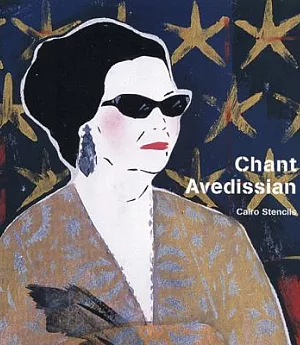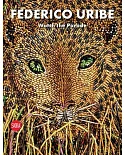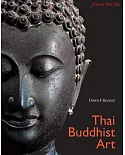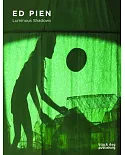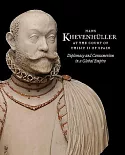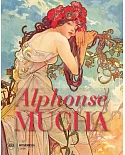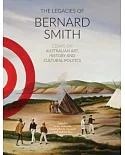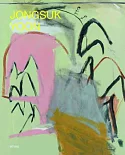In his highly-coloured, stencilled images, Egyptian-Armenian artist Chant Avedissian - who refined his techniques in Western art schools and whose inspiration is fuelled by the pantheon of
Egypt's modern political/cultural Golden Age - deftly explores the boundaries between 'high' and 'low' art; politics and pop; the ephemeral and the enduring; and Egypt and the rest of the
world.
As Rose Issa's careful retrospective of the artist shows, Avedissian's subject is, in fact, images themselves - mostly appropriated from the covers of Egyptian magazines from an era, situated
roughly between King Farouk's early days and President Nasser's death, when that country was the most determined among all the Arab states in pursuing the ideal of modernity. The brightly
burning stars who blaze once again in Avedissian's canvases include legendary singers Om Kulthoum and Asmahan, screen sirens Shadia and Hind Rostom; heartthrobs Farid al-Atrash and Abdel Halim
Hafez; and once-adored statesmen like Gamal Abdel Nasser.
Avedissian's voracious appetite for glimpses of these bygone days, and his unerring synthesis of the themes and iconography of Egypt and the Arab world in the 1950s and 1960s, also takes in
mothers, sportsmen and women, soldiers, films, hieroglyphics, rural life and advertising.

